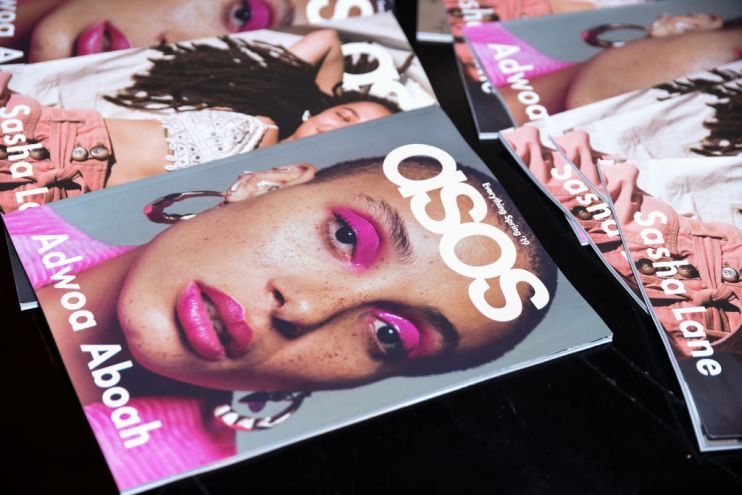Asos: All eyes on pandemic poster child’s turnaround results

Investors will turn their focus to online retailer Asos’s trading update on Tuesday to see if the digital fashion store has shown signs of a rebound, following its ongoing turnaround plan and bid to pick up the pieces after a post-pandemic lull.
Asos was once the poster child of pandemic success, at its height buying high street darling Topshop and its sister brands, for £295m after the Arcadia brand collapsed in 2020.
But in May, the company proved to be beaten by a tough economic climate posting a £87.4m loss.
The London-listed company has been battling dwindling sales since a return to physical shopping post pandemic and supply issues fuelled by the Ukraine war – recently tapping shareholders for £75m to repair its balance sheet following a season of losses.
In June, the fashion brand said it was on-track to deliver adjusted earnings before interest and taxes (EBIT) guidance of £40-60m in the second leg of the year, but revenues were down 14 per cent.
In efforts to improve the business, the pure play online retailer said it is now the process of turning “stock into cash.”
Over the last two years the group said it had a build of clothes and other items – describing it as a “mismatch between our intake and sell-through” – this led to £130m of stock being written off in 2022.
Russ Mould, investment director at AJ Bell, told City A.M: “Analysts expect ASOS to have closed its financial year at the end of August with net debt of £238m and anything lower than that should be seen as good news, as less debt means less risk and less risk can mean a higher share price.”
“When it comes to the profit and loss account, the guidance issued by chief executive Jose Antonio Ramos Calamonte alongside the interim results and third-quarter update will act as a benchmark.
He added: “The CEO suggested that the second half of Asos’ fiscal year would see a low double-digit percentage drop in constant currency sales (compared to the 10 per cent year-on-year decline seen in the first half).
“He also flagged some two percentage points of gross margin improvement, thanks to lower inventory, and an adjusted operating profit of between £40m and £60m for the second half.”